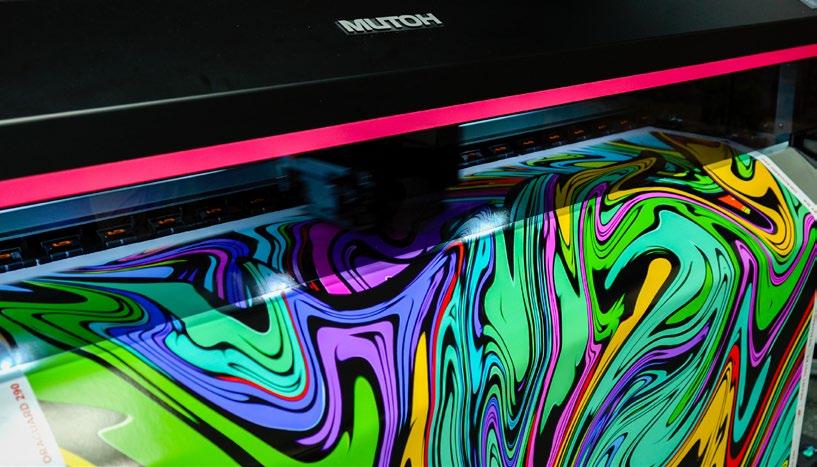
4 minute read
Ensuring a Wrap Print Worthy of Your Artwork
Inside Scoop
By Aliyah Quiroz - MUTOH America Inc
To ensure your shop thrives, investing in top-notch equipment is crucial. At the heart of every successful wrap project lies the printer responsible for bringing vibrant graphics to life. Given the dynamic nature of the industry, characterized by evolving trends, diverse customer preferences, and tight deadlines, it's essential to have reliable equipment that's efficient and adaptable.
When searching for your ideal printer, several factors should be considered. These include speed, color, print quality, as well as overall efficiency in terms of maintenance, labor, ink, and material costs. Tony Simmering, Product Manager at MUTOH America, emphasizes the significance of efficiency in this context, stating, “MUTOH eco-solvent printers provide extreme ink efficiency with very high-density ICC profiles that use very little ink. The overall maintenance cost on these printers is significantly smaller than others in this class due to how robust the AccuFine printhead system is as well as having a well-designed maintenance apparatus." Having these types of features built into your printer empowers wrap shop operators to spend less time directly interacting with the printer, enabling them to focus on other tasks without sacrificing print quality.
The preferred choices for wrap printing are eco-solvent and latex printers, widely recognized for their popularity and versatility. When deciding between the two, the key lies in selecting the ink type that aligns seamlessly with your business requirements, taking into account factors like color gamut, outdoor durability, and compatibility with various media to name a few.
We spoke to Wrapsesh, a company well known in the industry for their custom cars and intricate wrap detailing, about their experience in printing for wraps. They use the XpertJet 1682SR printer for all their wraps and have found that the eco-solvent ink pairs well with the media they use most. Jess, installer, and Co-Owner of Wrapsesh highlights the advantages of eco-solvent printers, noting, “With latex, the ink kind of sits on top of the film, so it doesn’t have as much depth and color saturation as eco-solvent. I also like that we can print on those custom materials.”
Not only should you consider what you’ll be using your printer for to start but consider if you want to have the flexibility to add to that list in the future, and if your printer has those capabilities. It can be tough to know which print solution best suits your business, so it's important to weigh every aspect of the technology to make the best decision for you.
Another tip to consider when you’re printing wraps is your selected printer settings. The most successful wrap shops will identify their most used wrap films and optimize each profile to achieve enhanced output quality and operational ease. Investing time in setting up these profiles ensures that your printer is finetuned to consistently deliver the best results.
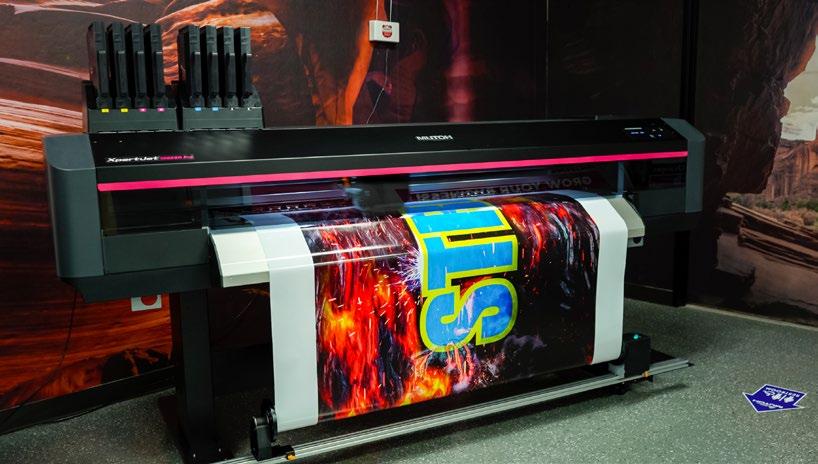
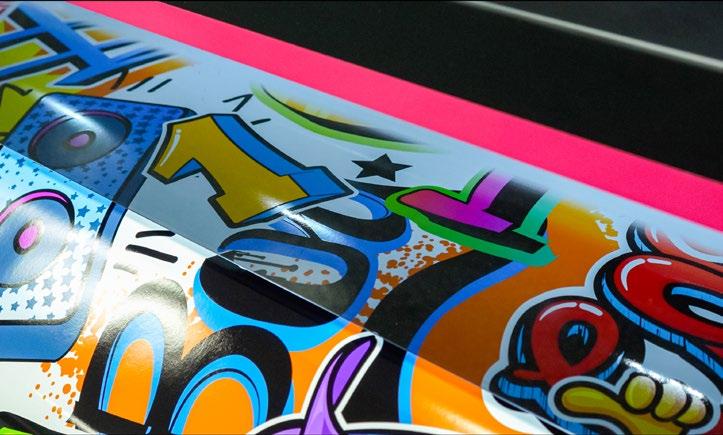

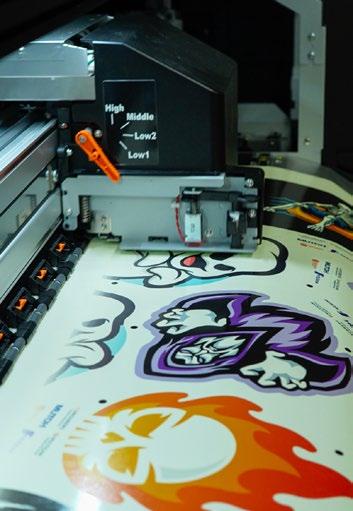
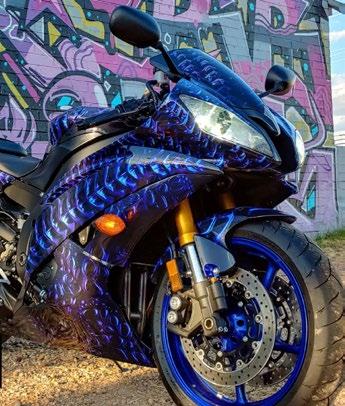
While some wrap shops prefer to outsource their prints and focus solely on installation, there is a compelling case for in-house printing. Wrapsesh attests, “Our profits increased substantially when we got into printing because it’s opened up opportunities for us to do so many more things." In-house printing not only maximizes profits but also provides control over the entire process, reducing turnarounds and increasing efficiency. Jess says, “I always tell people, if I smell new vinyl in the print room, I know we're making money." When you have that printer in your shop you can take control of everything and fine-tune your settings. It’s that attention to detail that will make every wrap stand out.
Navigating the world of wrap printing can be intimidating with the number of choices that are available to you, ranging from printers and laminators to the films you select and the tools you use. When choosing a printer, prioritize qualities like size, quality, and cost of ownership, as every successful wrap job begins with exceptional printing. Discern the applications you want to offer and the media that fits them best and ensure the ink type is compatible. Success in wrap printing isn't just an outcome; it's a deliberate choice of equipment and practices that lay the foundation for excellence. While selecting the ideal printer for wrapping is not an easy process, following the advice of experts, like the ones mentioned here, can guide you towards investing in a high-quality printer that will elevate all aspects of your wrap business.
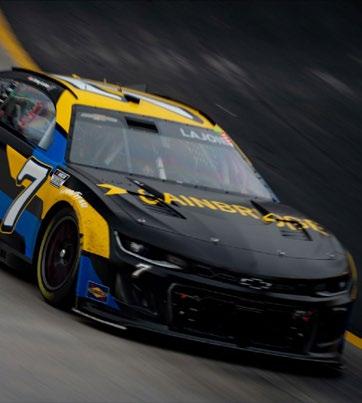
By Aliyah Quiroz MUTOH America Inc











